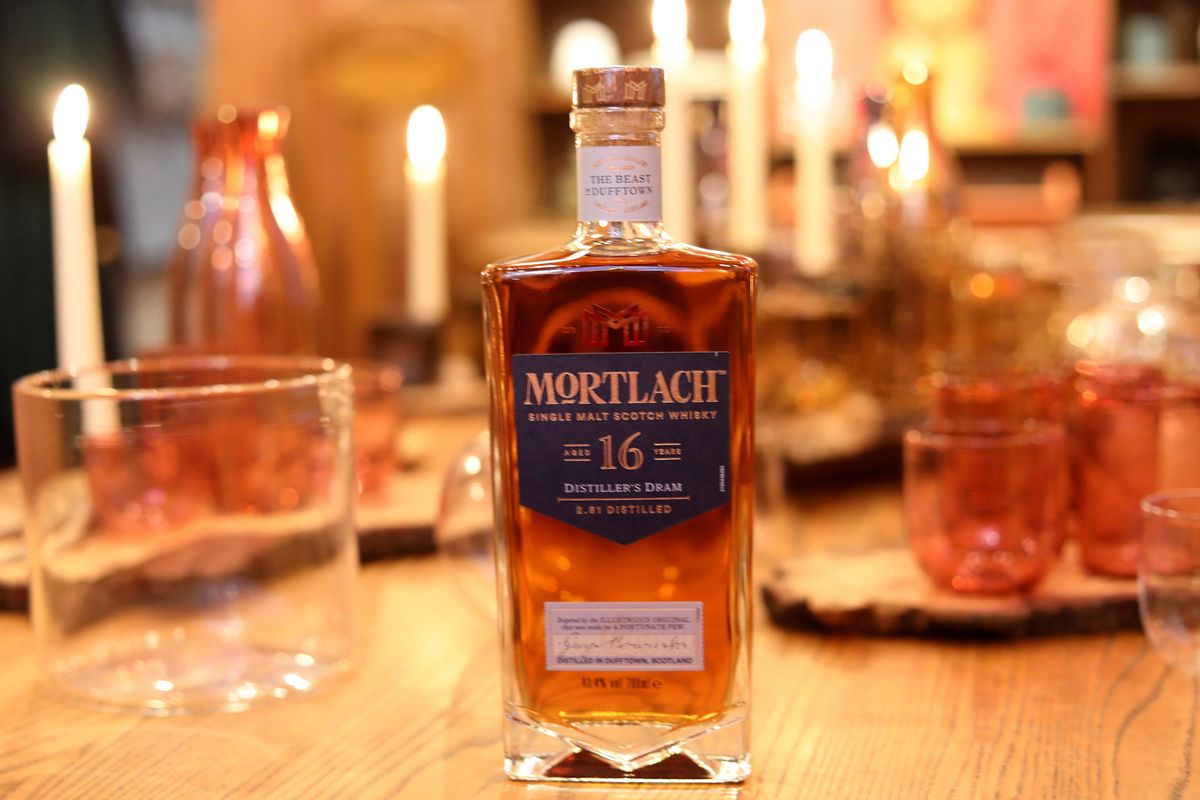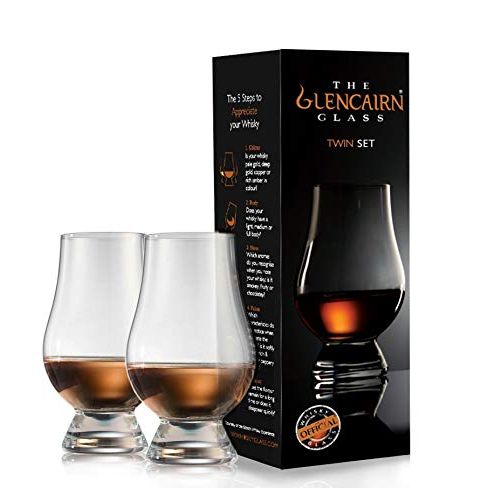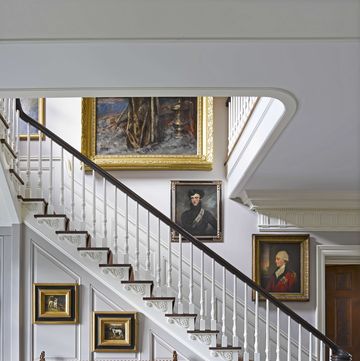Whether it’s pouring a late-night round of single malt with friends or tucking in for a wee dram at a hotel in the Scottish Highlands, savoring a whisky is one of life’s apex pleasures. It’s no wonder that Scotch whiskies are among the world’s most esteemed spirits, and by extension, a prime collectible and treasured gift.
But with more than 140 distilleries scattered among Scotland’s islands and highlands, it can be daunting to begin investing in the good stuff, whether to give or to keep. For the keys to the venerable Scottish kingdom of whiskies, Ewan Morgan, national luxury ambassador, third generation spirits pro, and head of whisky outreach with international spirits powerhouse Diageo, offers these seven tips, along with affordable and splurge-worthy whiskies to collect now.
How to Buy Whisky for a Gift or Collection
Begin With Personal Taste
Selecting the right whisky doesn’t begin with single malt versus blended whiskies—an easy binary mistake to make. (A reminder: Single malt whiskies are those that are bottled from a single distillery utilizing a single grain; blended whiskies are just that—blends of different whiskies seeking to create something that is more than the sum of its parts. Keep in mind that one is not better than the other.) That said, single malt whiskies are exciting experiments in singular endeavor and therefore can be equally exciting to discover as the perfect match to your (or your friend’s) tastes. Therefore, the place to begin sorting through the wide world of whisky flavor profiles is by looking for clues to your (or your recipient’s) tastes in food and drinks. For example:
- Do they like blue cheese with a full-bodied petite sirah? If so, then they might gravitate towards heavier and bolder, smoky flavors like Lagavulin from the famous whisky island of Islay.
- If they have a sweet tooth and enjoy a glass of sweet riesling, typically, that palate leans more towards sweeter vanilla- and caramel-forward whiskies like many of the unpeated (non-smoky) whiskies from the Speyside region. Mortlach whiskies, for example, have spent years maturing in ex-bourbon barrels and are known for their sweet, vanilla-forward character as well as ex-sherry barrels that provide a rich fruit note.
Know That Older Isn’t Always Better
This is a contentious topic, but older doesn’t necessarily mean better. Morgan has tasted 4-year-old whiskies that blew away 60-year-old whiskies, and here’s why: What happens inside a barrel as whisky ages is pure organic chemistry; when those barrels aren’t shining examples of well-managed oak, the end result is deeply lackluster, and leaving it there isn’t going to improve it. You can also over-oak a whisky until it becomes woody and astringent, losing all its distillery character—what it should fundamentally taste like. So don’t be fooled when you see an old whisky at a very attainable price point and think you’re about to scoop a rare bargain. It’s priced like that for a reason.
Join Whisky Communities
This is a great way to get your feet wet in whisky (not literally, of course) and learn from the pros. Head to official brand websites to learn more about the flavors and styles of their product, try the bottle shop level product, and sign up for access to exclusive member-only bottles. Join Facebook or Reddit groups that look up to date and active, where you’ll get pointers on when bottles are being released and which stores are stocking them. Whisky collecting—like all collecting, whether art, antiques, or arcana—is largely about intelligence. Knowing where, when, and how much is central to that intel and these online communities will orient you properly.
Do Some Serious Research
If you’re buying for a whisky collector or collection, invest time in market research to spot trends in which distilleries are gaining value or fluctuating. This will help you assess price when you head to the auctions or work with sellers. Websites like whiskystats.com collate all this data from retailers, auction houses, and secondary markets and will give you a comprehensive, real-time snapshot of not only a brand but a specific bottling that will show how it’s trending in terms of market value.
Know Where to Shop for Good Whisky
If your goal is to collect or bestow a rare or limited-edition bottle of whisky, know that prices can differ by seller from a few dollars to hundreds. In other words, don’t overspend unnecessarily. Use respected sources like wine-searcher.com or online auctions, where serious buyers go to find elusive bottles at the best price. Start with these auction sites:
Don’t Get into a Bidding War
If you decide to go the auction route (and many do), set a maximum budget based on historical sales data (most auction houses provide this) and stick to it. As any devotee of estate sales knows, it’s easy to succumb to “bidder brain,” especially when it’s a bottle you really covet. Take a breath as you hit your spending limit and remind yourself there will (almost always) be another great bottle that’s going to cost less. (And don’t forget to budget for auction houses' buyers' fees, which typically range from 5 to 10 percent per bottle. Some auction houses, particularly those in the U.K., may also charge a flat fee of £5.)
Don’t Overlook Glassware
Lastly, and this is often overlooked, if you’re gifting a nice bottle, it’s also a nice idea to pair it with tasting glasses that are designed specifically for nosing and drinking whisky. There are many now on the market but Morgan remains a fan of the original official whisky glass made by Glencairn, a family-owned and -operated company based in Scotland.
Affordable Whiskies to Invest in Now
There’s no time like the present, and you need not spend a fortune to acquire a bottle worthy of keeping or sharing. Here are three distilleries Morgan says to look into right now:
- Any Special Release Bottle from Lagavulin, the famous Islay single malt distillery. He likes the recently released 12-year-old Scotch whisky, which retails for about $175.
- Anything from Springbank, the oldest independent family-owned distillery in Scotland, whose single malt whiskies have that non-smoky nuance of those from Islay but are produced on the mainland. While its older single malts run into the thousands of dollars, Springbank’s 10 year runs about $100 and 15 year about $300.
- Johnnie Walker Blue Label ‘Cities’ or ‘Lunar New Year’ Editions are great ways to stock notable bottles from Scotland’s famed blender of Scotch whiskies. The latest edition, whose labels feature utopian views of the world’s great cities 200 years in the future by digital artist Luke Halls, are worth collecting unto themselves; the bottles run $250-$300. The 2023 Lunar New Year “Year of the Rabbit” bottle goes for $250 or less currently.
The Best Rare or Splurge-Worthy Whiskies to Invest In
These esteemed distilleries offer retail bottles within reach of anyone at your local bottle shop; but when nothing but the very finest (and most expensive) will do, explore these peak investments:
- Talisker XPedition Oak 43 Years Old Single Malt and 44 Years Old: Forests of the Deep are the first two releases of a series in collaboration with the ocean charity Parley; expect to pay upwards of $4,200.
- Mortlach 30 Year Old Midnight Malt is extremely prized among serious collectors. Mortlach is one of the original Speyside region distilleries dating back (legally) to 1823 and is known for being the most complex whisky in the world to make. Expect to pay about $4,500.
- Anything from Diageo’s exclusive ‘Prima & Ultima’ series like the Royal Lochnagar 1981 or Singleton of Glen Ord 1987. These are by private enquiry only via Diageo.








